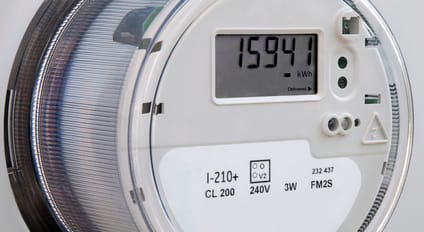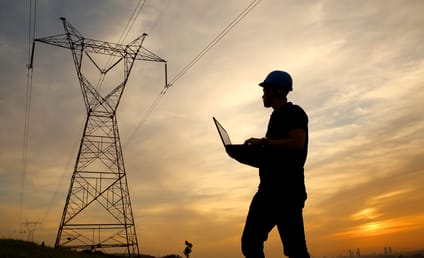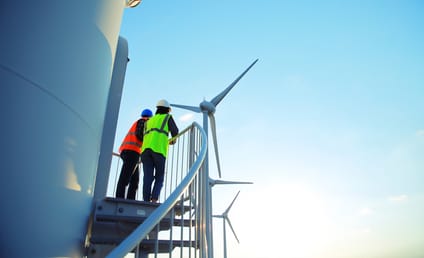
04 Oct 2019
Energy infrastructure: the key to a low carbon future
Hitting net zero carbon emissions for the UK by 2050 is ambitious – and could cost more than £1 trillion. But with the climate crisis unfolding almost daily, finance, utility and infrastructure experts are collaborating to deliver practical solutions.
Our planet’s ecosystem is in crisis. But there is cause for optimism. The technologies to build out energy infrastructure that helps limit the damage caused by CO2 emissions are coming. That was the message at The Role of Infrastructure in Enabling the Energy Transition, a seminar hosted by Investec‘s power and utilities team.
Experts from industry, government, finance and academia – the key collaborators in any holistic solution to the carbon emissions puzzle – met to explore the roles that technology, regulators and investors must play in delivering infrastructure to help the UK meet its commitment to achieving net zero CO2 emissions by 2050.
This journey centres on decarbonisation, digitisation and decentralisation, explained Harold Hutchinson, Head of Equity Research at Investec Securities. These principles need to be incorporated into infrastructure planning at all levels.
And the journey is certainly underway. Renewables’ share of generating capacity has soared in the past decade, hitting 35.8% in Q1 2019, compared to 30.5% in Q1 2018 – and less than 10% in 2011. The government is committed supporting a massive increase in offshore wind. Electric vehicles are gaining popularity – from sales of around 1,000 in 2011 to nearly 60,000 last year – offer potential to be part of smart grid solutions in the future. And despite delays to the programme, there are now more than 15 million smart meters installed in the UK.
Key statistics
xx
xx
xx
Where next?
It’s too early to talk of the ‘death of the transmission grid’ as a result of off-grid power from domestic solar or EVs as local storage. Local grids are not configured to deal with two-way power flows; and we’re only at the start of capability to actively manage demand and supply locally.
But real investment opportunities are clear: new infrastructure to deliver efficient generation, distribution and consumption as part of a hyper-connected, holistic system capable of flexibility to new technologies and consumers habits. It’s a tough challenge for investors, regulators and operators alike.
But the rewards for the bold are not just financial. They’re also offering solutions to perhaps the greatest existential crisis humanity has known.
Browse articles in






